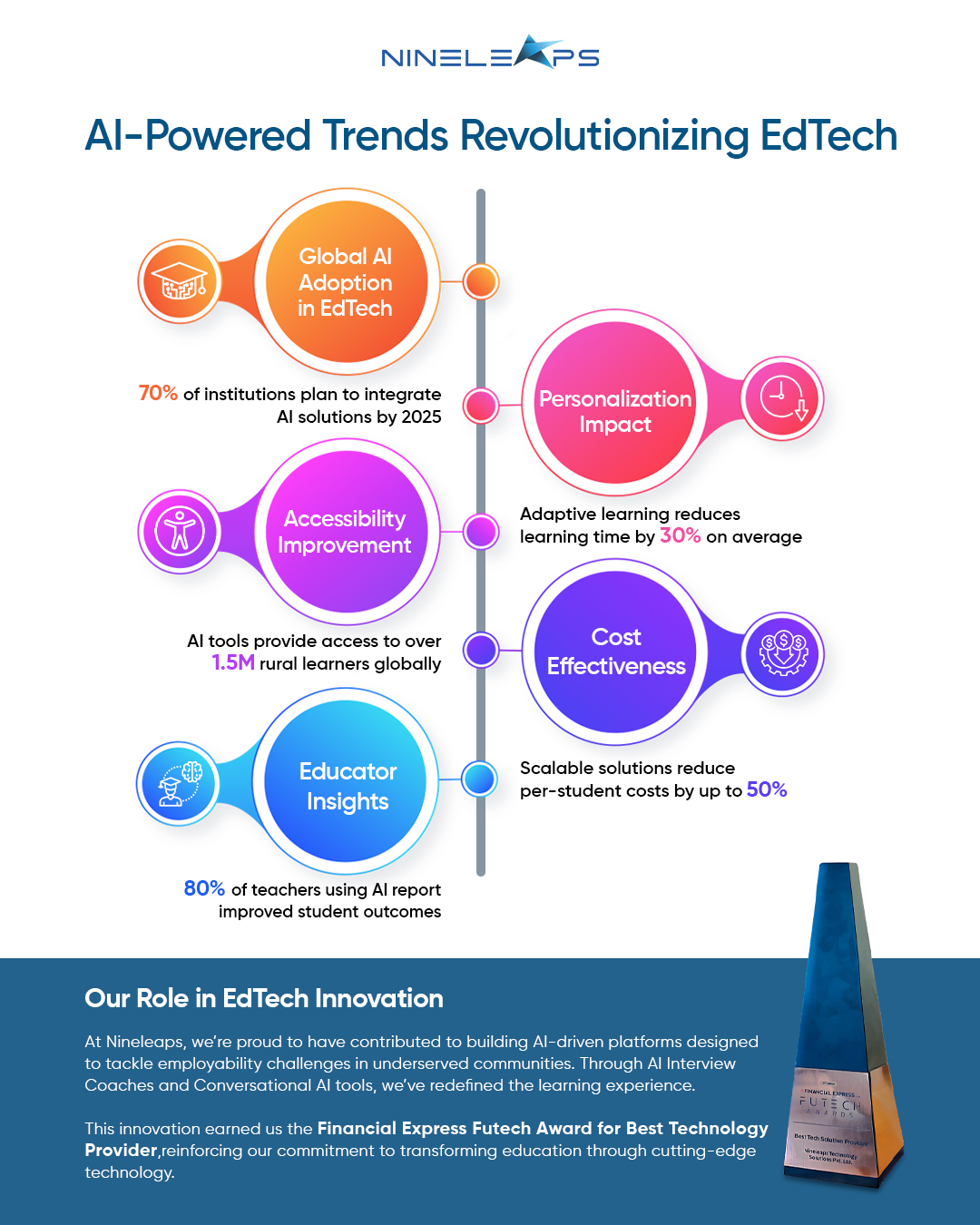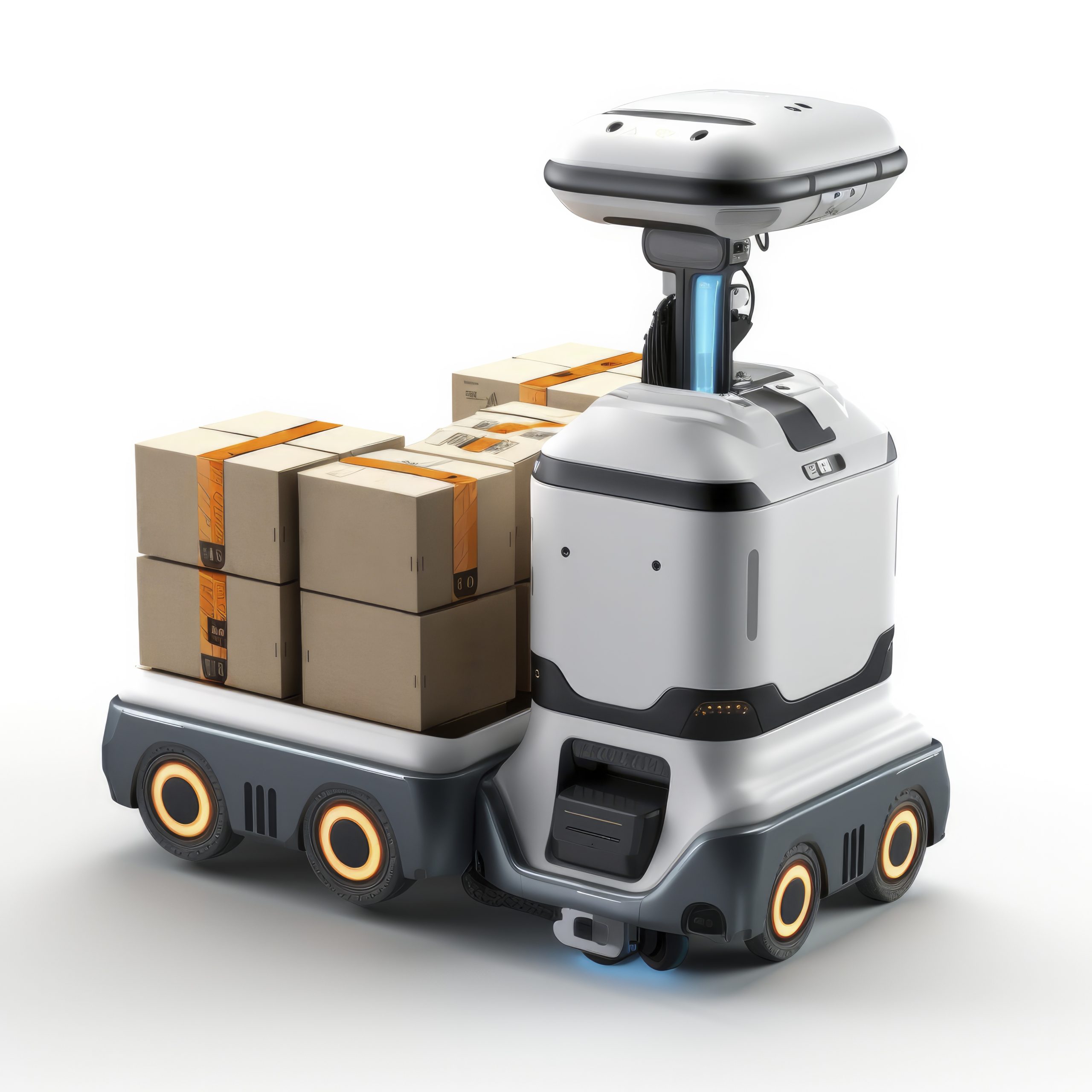A Deep Dive into PostgreSQL, Dagster, Prefect, and AI-Driven Predictions
In today’s data-driven landscape, organizations grapple with vast amounts of information, making it imperative to build efficient pipelines that integrate, process, and analyze data for actionable insights. To achieve this, modern businesses rely on a combination of powerful tools such as PostgreSQL for data storage, Dagster, and Prefect for workflow orchestration, and AI models like logistic regression, all enriched by the flexibility of frameworks like Scikit-learn. This article explores how these technologies come together to transform raw data into actionable intelligence.PostgreSQL: The Backbone of Scalable Data StorageAs the cornerstone of many modern applications, PostgreSQL serves as a reliable, open-source relational database management system (RDBMS) capable of handling complex queries and vast datasets. Its versatility and support for advanced data types (JSON, XML, and arrays) make it ideal for building analytical and transactional applications.Why PostgreSQL is Preferred for Data PipelinesACID Compliance: Ensures data integrity and transactional reliability.Indexing and Partitioning: Optimizes query performance for large datasets.Support for Stored Procedures and Triggers: Facilitates automating data transformations directly within the database.Scalability with Replication: Allows for horizontal scaling to manage increased workload demands.Use Case: In a machine learning (ML) workflow, PostgreSQL acts as a central repository to store raw and transformed data, ready to be accessed by downstream pipelines.Dagster: Orchestrating Data with Asset-Centric PipelinesAs data ecosystems grow, managing complex workflows becomes a challenge. Dagster has emerged as a powerful data orchestrator that introduces an asset-based approach, where data assets (tables, files, and models) are treated as first-class citizens. Unlike traditional task-based orchestration tools, Dagster focuses on managing data dependencies and lineage, ensuring pipelines remain resilient and transparent.Key Features that Set Dagster Apart:Asset Definitions: Enables teams to define, monitor, and update data assets over time.Declarative Pipeline Design: Simplifies building modular, reusable pipelines.Real-Time Observability: Provides end-to-end visibility across data workflows.Dynamic Partitioning: Allows parallel execution of tasks across multiple partitions.Use Case: When building a recommendation engine for an e-commerce platform, Dagster can orchestrate data ingestion, model training, and prediction pipelines while maintaining the traceability of data transformations.Prefect: Automating and Monitoring Complex WorkflowsWhile Dagster excels in asset-driven orchestration, Prefect focuses on making workflow automation seamless and resilient. With a Python-first approach, Prefect allows developers to define, monitor, and schedule workflows that handle ETL, machine learning, and data processing tasks effortlessly.Why Prefect is Ideal for ML WorkflowsTask Dependencies and Retries: Automatically handles failed tasks with retries.Dynamic Workflows: Supports conditional branching and task parametrization.Scalability with Kubernetes Integration: Ensures pipelines scale horizontally across cloud environments.Centralized Monitoring: Prefect’s Cloud UI provides detailed insights into pipeline execution and failure points.Use Case: Prefect can orchestrate a continuous integration and deployment (CI/CD) pipeline where models trained on updated data are evaluated, validated, and pushed into production seamlessly.Predicting Customer Behavior: AI-Powered Insights with Logistic RegressionUnderstanding and predicting customer behavior is critical for businesses looking to personalize experiences and reduce churn. Logistic regression, a powerful statistical technique, helps predict binary outcomes (e.g., will a customer churn or stay?) based on historical data.Why Logistic Regression is Effective for Customer PredictionsInterpretability: Coefficients offer clear insights into feature importance.Efficiency: Computationally lightweight and easy to deploy in production environments.Feature Engineering Flexibility: This can incorporate a variety of input features to boost predictive accuracy.Use Case: An e-commerce platform can predict which customers are likely to abandon their carts by using logistic regression models. By analyzing historical browsing data and purchase patterns, marketing teams can intervene with personalized offers or reminders.Scikit-learn: Enabling Model Development and DeploymentWhen it comes to implementing machine learning models, Scikit-learn provides an extensive suite of algorithms and preprocessing tools. Its simplicity, coupled with powerful utilities like Pipeline and GridSearchCV, makes it a favorite among data scientists for building and validating models. Why Scikit-learn is Essential for ML PipelinesFeature Engineering and Selection: Offers modules for scaling, encoding, and selecting features.Model Evaluation and Hyperparameter Tuning: Simplifies grid search and cross-validation for optimal model performance.Integration with Data Pipelines: Easily connects with databases and orchestration tools to automate model deployment.Use Case:In an AI-powered lead scoring system, Scikit-learn can preprocess customer data, build classification models, and optimize hyperparameters for maximum predictive accuracy.Bringing It All Together: A Unified Data PipelineTo build a comprehensive data-driven application, these technologies can be seamlessly integrated:Data Storage: PostgreSQL acts as the primary data store for ingesting raw and processed data.Data Orchestration: Dagster defines asset dependencies, while Prefect orchestrates data extraction, transformation, and model training.Model Development and Deployment: Scikit-learn builds and tunes models that leverage logistic regression for customer behavior predictions.Continuous Monitoring: Prefect ensures pipeline health with automated retries and alerting mechanisms.Real-World Use Case: Churn Prediction for an E-commerce PlatformData Ingestion: Customer interaction data is collected and stored in PostgreSQL.Pipeline Orchestration: Dagster orchestrates data cleansing, feature engineering, and model training workflows.Model Building: Logistic regression models are built using Scikit-learn, with hyperparameters optimized through grid search.Automated Deployment: Prefect handles retraining models on new data and pushing them to production.Predictive Insights: Marketing teams leverage model outputs to engage at-risk customers proactively.In an era where data drives decision-making, combining the power of PostgreSQL, Dagster, Prefect, and AI models ensures organizations can build resilient, scalable, and intelligent data pipelines. As businesses continue to explore automation and AI-driven decision-making, these technologies will remain essential for unlocking hidden value in their data ecosystems.Is your organization ready to embrace this transformation? The future of data-driven success is closer than you think.
Learn More >







